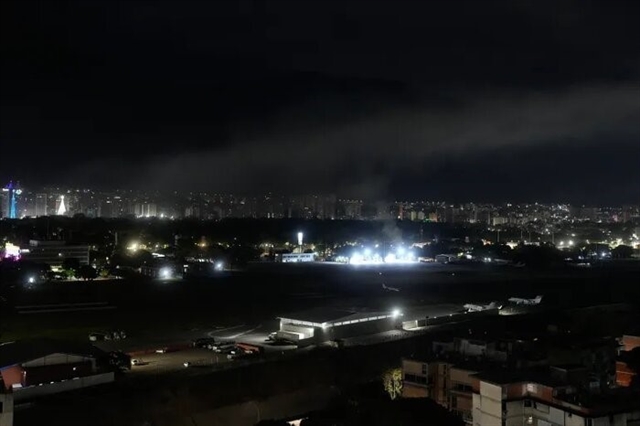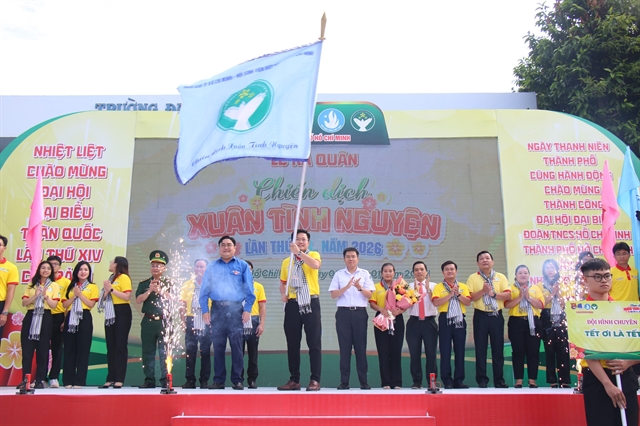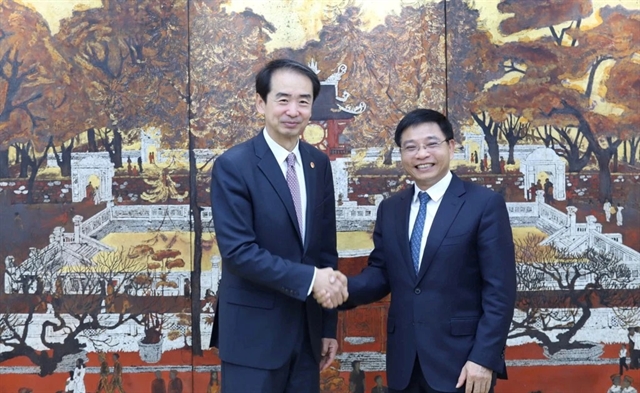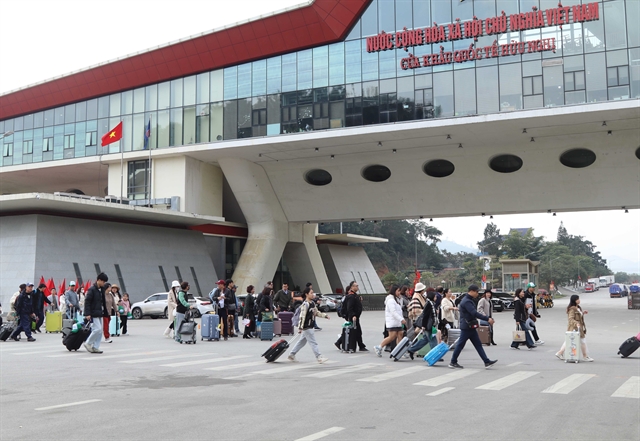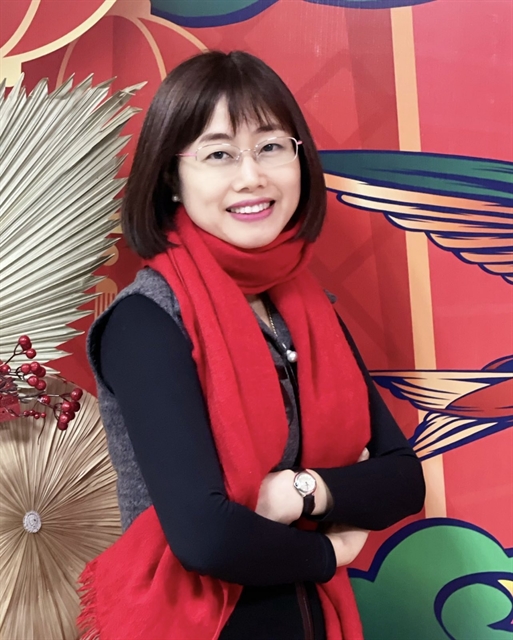 Opinion
Opinion
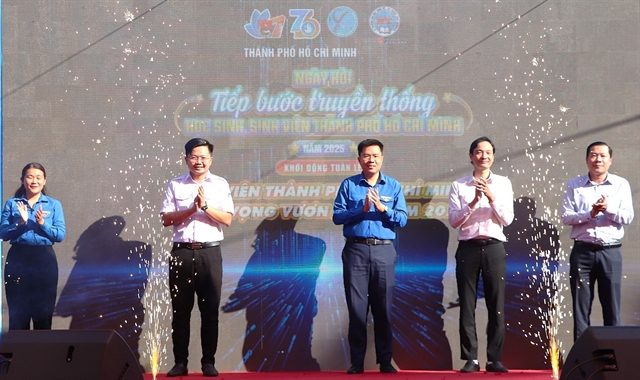
 |
| Chairwoman of the Hà Nội Handicraft and Craft Village Association, Hà Thị Vinh.— Photo VNS Tố Như |
Chairwoman of the Hà Nội Handicraft and Craft Village Association, Hà Thị Vinh, speaks to Việt Nam News reporter Tố Như about pressing challenges and potential solutions for Hà Nội’s traditional craft villages.
As a 15th-generation ceramic artisan from Bát Tràng Village, what would you say is the most significant challenge currently facing Bát Tràng and Hà Nội’s craft villages?
Hà Nội, long recognised as the 'land of a hundred crafts', boasts the largest number of traditional craft villages in the country and is a vibrant hub for both production and trade. However, one of the most persistent issues the villages face is the lack of a stable supply of raw materials.
Take the bamboo and rattan weaving sector, for instance, despite repeated mentions by the Ministry of Agriculture and Environment about zoning for raw material sources, in practice, there are still many shortcomings. Areas suitable for growing bamboo and rattan often suffer from poor transport infrastructure, which drives up logistics costs and, in turn, inflates product prices.
For ceramics, the requirements for raw materials are even more complex. Each product line, from household items and interior décor to outdoor pieces and spiritual objects, demands specific types of clay and glaze. The ceramics industry depends on specialised raw materials such as fire clay, kaolin, feldspar and quartz. Although Việt Nam is rich in mineral resources, extraction, processing and classification have yet to meet technical standards. As a result, domestic materials largely cater to the low-end segment, forcing many producers to import from India or China. It is an avoidable and costly inefficiency.
What solutions are available to address the problem?
The Việt Nam Ceramics Association is currently planning to invest in a processing facility to supply high-quality raw materials, with potential imports of advanced equipment from abroad. But the core issue remains: a reliable and consistent source of raw materials.
At present, supply largely comes from mines in Phú Thọ Province and Hải Phòng City. However, extraction operations face serious challenges. Planning is inadequate and many licensed units lack industry-specific knowledge, resulting in poor mining practices that compromise material quality.
We sometimes joke that the clay has been “mixed with rice” because different geological layers are not properly separated during extraction.
Without rigorous sorting at the mining stage, it is nearly impossible to guarantee the quality of inputs. Institutions, like the Institute of Ceramics and Glass, are capable of analysing key indicators such as aluminium and iron content, critical factors in determining clay quality, but most small-scale producers lack access to such advanced testing facilities.
Illegal mining activities also persist. In some residential areas, unlicensed extraction operations supply materials of unclear origin. This puts businesses in a difficult position, if they do not buy, they lack the resources to produce; if they buy, they risk facing complications over invoices and input-output tax. It is a long-standing dilemma that remains unresolved.
Given the challenges, what recommendations does the Hà Nội Handicraft and Craft Village Association have for the authorities?
In recent years, Hà Nội’s Department of Industry and Trade has hosted various events to connect suppliers and craft village enterprises, particularly in the handicrafts sector. However, we believe more targeted programmes are needed, tailored to the specific needs of each industry.
Organising field trips to provinces with promising material zones would allow producers and suppliers to meet directly, discuss requirements and align on quality standards. This is a crucial step in building a stable and sustainable supply chain.
We also urgently need well-planned, high-quality raw material zones. Only when producers can rely on sustainable, self-sufficient material sources can they confidently invest in long-term production.
Addressing raw material bottlenecks requires coordinated effort from multiple stakeholders. Each ministry and sector has its own functions, but they must work together. For example, the Ministry of Industry and Trade can stimulate production, support exports and expand markets, but it lacks authority over raw material zoning.
So who will take responsibility? Clearly, we need an inter-ministerial, cross-sectoral mechanism to plan material zones properly, consistently and in line with the unique characteristics of each craft.
We firmly believe that with proper planning and professional resource extraction, ensuring both quality and quantity, a stable supply chain can be achieved. This would not only solve the input issue for producers but also create promising commercial opportunities, both domestically and internationally.
Once resource zoning and extraction are done professionally, production costs will see a significant shift. Reasonable raw material prices help reduce overall production costs, enhance competitiveness, and enable businesses to invest in technology and technical innovation, ultimately leading to higher-quality, value-added products with distinctive appeal.— VNS

